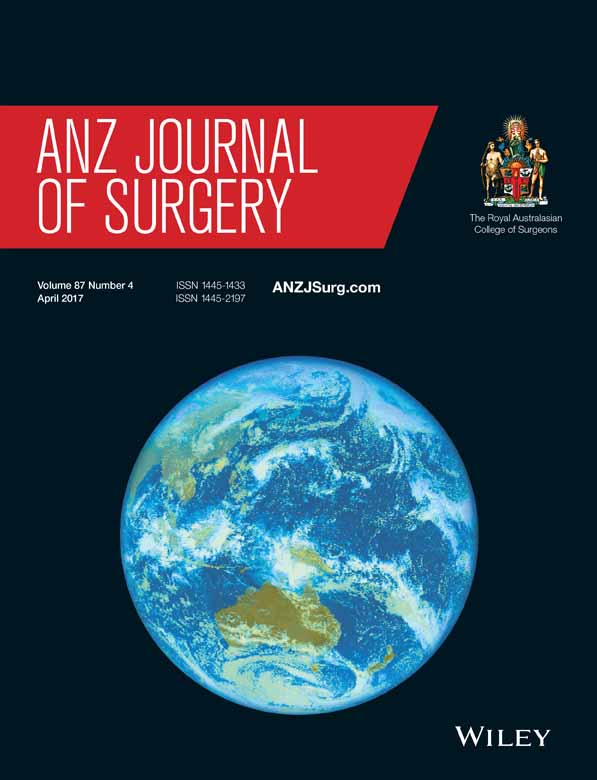Mini C-arm: faster, cheaper, safer?
Abstract
Background
Mini C-arm image intensifiers (IIs) are promoted to permit lower radiation dose than traditional IIs with a lower purchase price and without the need for a radiographer, saving time. In real-world usage, radiation dose is not always lower.
Methods
A retrospective review of prospectively collected data for 620 children undergoing forearm fracture reduction in theatre was undertaken. Imaging was performed with the Fluoroscan mini C-arm or a comparison traditional II. Radiation dose and theatre time were recorded.
Results
There was no significant difference in radiation dose as measured by dose-area product (0.013 versus 0.014 Gy.cm2, P = 0.22). We noted an inverse association between operator experience and radiation dose. The mini C-arm allowed a shorter procedure time (26 versus 30 min, P < 0.001) and theatre time (13 versus 16 min, P < 0.001). Re-displacement rates were similar (1.3 versus 2.2%). The Fluoroscan is AU$120 000 cheaper to purchase and AU$35 283 cheaper to run per year than the comparison II. Consultants had a 14% lower dose-area product (0.012 versus 0.014 Gy.cm2, P < 0.001) and 18% shorter screening time (8 versus 9.8 s, P < 0.001) than registrars.
Conclusion
The Fluoroscan mini C-arm II does not demonstrate a radiation saving during closed reductions of paediatric forearm fractures but allows shorter procedures and theatre time with similar re-displacement rates. The purchase price is lower than a traditional II. We noted that operator experience reduces radiation dose.




